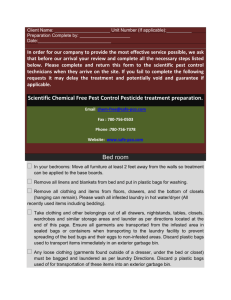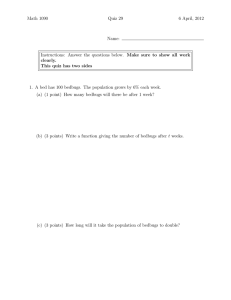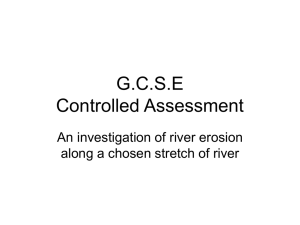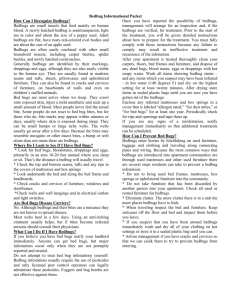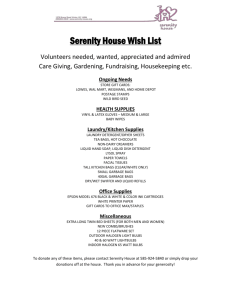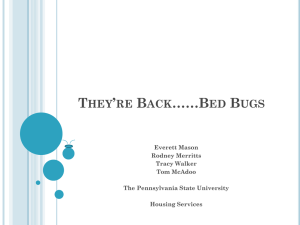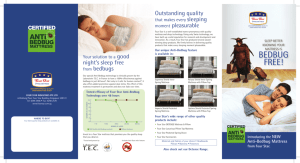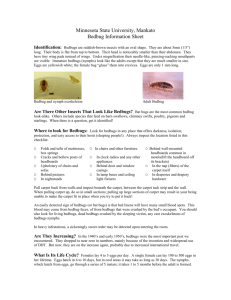Bed Bug Preparation Sheet: Home Treatment Guide
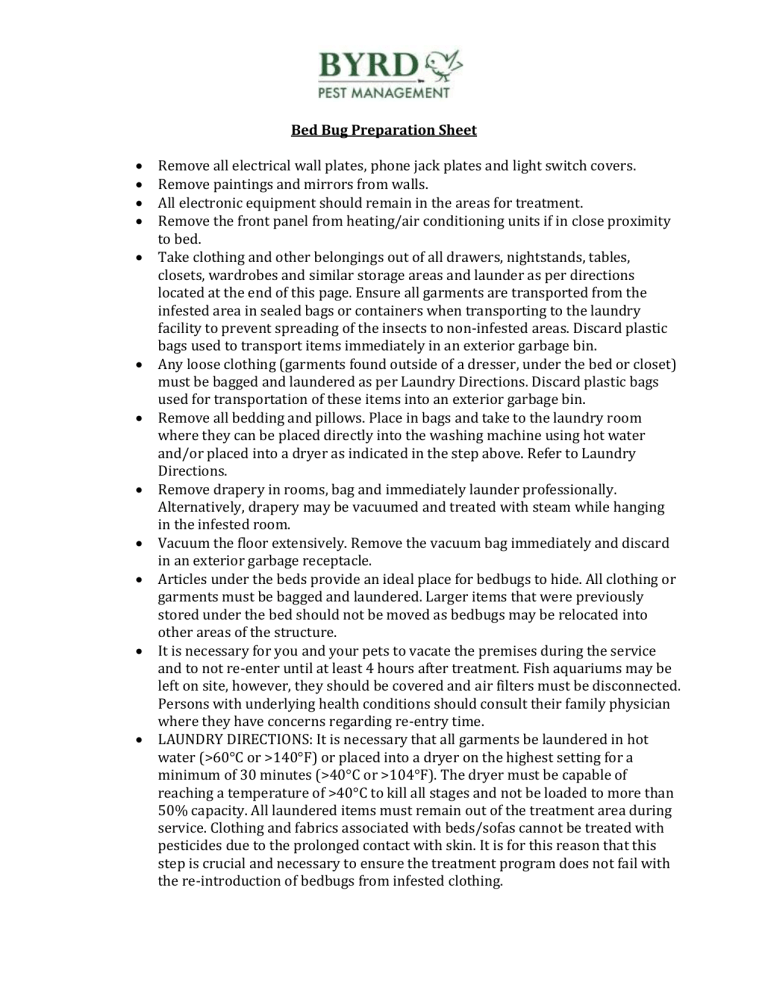
Bed Bug Preparation Sheet
Remove all electrical wall plates, phone jack plates and light switch covers.
Remove paintings and mirrors from walls.
All electronic equipment should remain in the areas for treatment.
Remove the front panel from heating/air conditioning units if in close proximity to bed.
Take clothing and other belongings out of all drawers, nightstands, tables, closets, wardrobes and similar storage areas and launder as per directions located at the end of this page. Ensure all garments are transported from the infested area in sealed bags or containers when transporting to the laundry facility to prevent spreading of the insects to non-infested areas. Discard plastic bags used to transport items immediately in an exterior garbage bin.
Any loose clothing (garments found outside of a dresser, under the bed or closet) must be bagged and laundered as per Laundry Directions. Discard plastic bags used for transportation of these items into an exterior garbage bin.
Remove all bedding and pillows. Place in bags and take to the laundry room where they can be placed directly into the washing machine using hot water and/or placed into a dryer as indicated in the step above. Refer to Laundry
Directions.
Remove drapery in rooms, bag and immediately launder professionally.
Alternatively, drapery may be vacuumed and treated with steam while hanging in the infested room.
Vacuum the floor extensively. Remove the vacuum bag immediately and discard in an exterior garbage receptacle.
Articles under the beds provide an ideal place for bedbugs to hide. All clothing or garments must be bagged and laundered. Larger items that were previously stored under the bed should not be moved as bedbugs may be relocated into other areas of the structure.
It is necessary for you and your pets to vacate the premises during the service and to not re-enter until at least 4 hours after treatment. Fish aquariums may be left on site, however, they should be covered and air filters must be disconnected.
Persons with underlying health conditions should consult their family physician where they have concerns regarding re-entry time.
LAUNDRY DIRECTIONS: It is necessary that all garments be laundered in hot water (>60°C or >140°F) or placed into a dryer on the highest setting for a minimum of 30 minutes (>40°C or >104°F). The dryer must be capable of reaching a temperature of >40°C to kill all stages and not be loaded to more than
50% capacity. All laundered items must remain out of the treatment area during service. Clothing and fabrics associated with beds/sofas cannot be treated with pesticides due to the prolonged contact with skin. It is for this reason that this step is crucial and necessary to ensure the treatment program does not fail with the re-introduction of bedbugs from infested clothing.
Post-treatment actions to be performed by the Homeowner
The follow-up service will occur approximately 2 weeks after the initial treatment. To reduce the amount of work to be completed by the homeowner in preparation of this follow-up service we advise you not to completely reassemble your home until this service has been performed. These accompanying measures should be taken during the period between the initial and follow-up services:
Do not tamper with any of the devices left in place. Mattress and box spring encasements are available for purchase through your service technician and should be installed during or soon after the initial service. These will protect the mattresses and box springs from becoming re-infested and will prevent bedbugs potentially already within these objects from re-infesting the home.
Where possible, clothing should remain in sealed plastic bags to prevent potential re-infestation. Bags must be kept sealed at all times. Where the homeowner wishes to place clothing back into dressers and closets these items will need to be removed, bagged and re-laundered prior to the follow-up service.
Please leave all other objects in their original state of preparation until the follow-up service has been completed, i.e. electrical outlet covers removed, pictures off of the walls, etc.
Do not introduce any new or used furniture or any other potentially infested items not previously in unit
Future prevention against bedbugs for homeowners
When travelling both outside of and within the country be sure to inspect hotel rooms to ensure they are free of bedbugs. Inspect the bed, box spring and mattress, paying close attention to the mattress piping, plastic protective caps for the box spring, and the headboard. When returning home bag and launder all clothing and be sure to inspect suitcases for bedbugs – this stage is preferably done outside or in a garage.
Do not buy used furniture, electronics or beds unless you can verify their origin and are confident they are free of potential bedbug presence.
Periodically perform an inspection of your home focusing on the sleeping quarters and inspecting the bed and furniture in close proximity to the bed. Never open the box spring or mattress encasement covers. Bed bugs hide in cracks and crevices and prefer wood and fabric surfaces so they will be found in these areas most often.
Bedbugs are highly mobile but typically remain close to the host. They are generally only active at night to avoid detection however can be found when inspecting areas where they like to hide.
